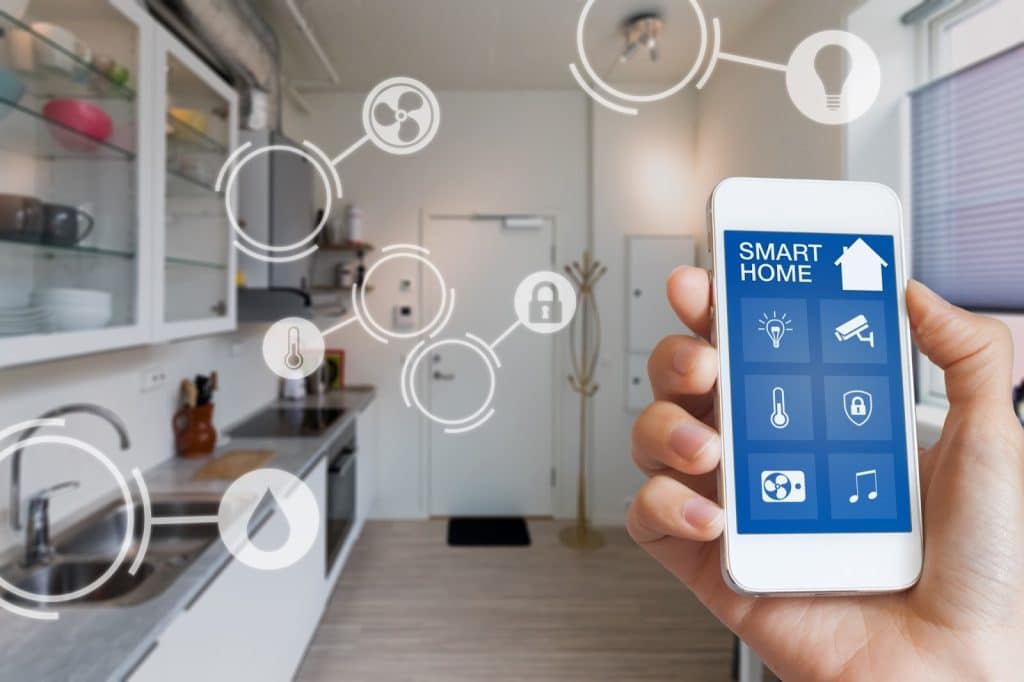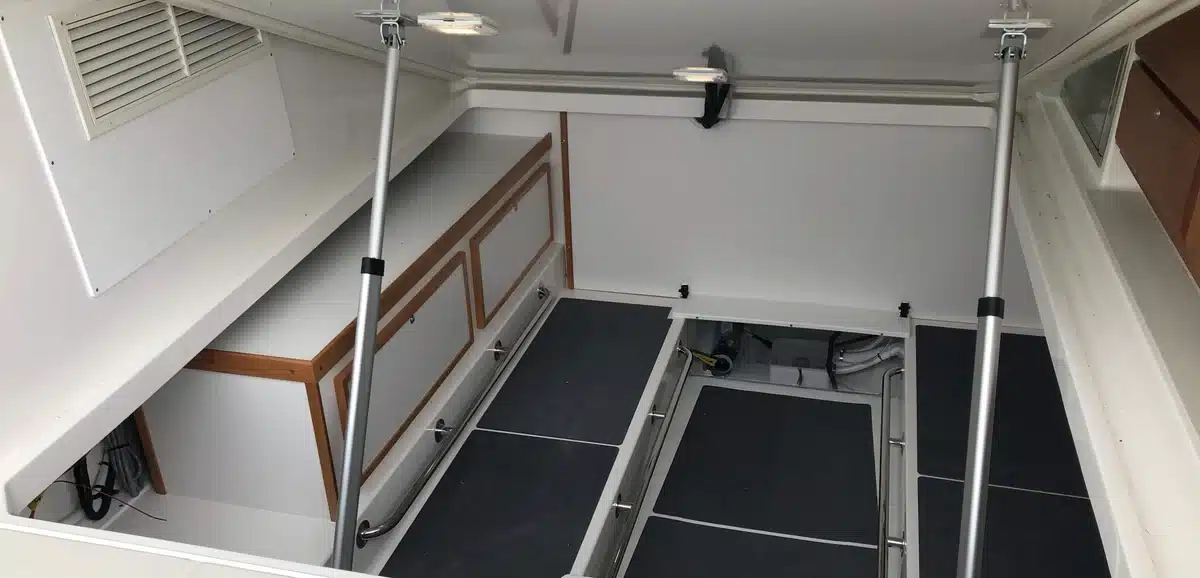Picture this: the lights are left on, the blinds are wide open to the sun, and everything requires a remote control. It’s inconvenient, wasteful, and, let’s face it, just plain annoying. That’s where smart home automation comes in, not to impress guests, but to make your daily life easier, more energy efficient, and safer.
Increasingly, people are automating their homes, not to show off, but to make everyday life more convenient. It’s about adding simple, smart improvements that make things easier, improve accessibility, and work when you need them most.
Linear actuators are compact, powerful devices that help control motion in your home’s systems, from adjusting recliners and lifting TVs to opening hidden cabinets and even automating the tilt of solar panels on your roof. Whether it’s increasing comfort, accessibility for seniors, or simply optimising home life, linear actuators make your home work for you, quietly and efficiently, without anyone noticing.
Why Home Automation Just Makes Sense
Light sensors, automatic blinds or adjustable tables can seriously reduce the number of daily chores. You don’t need a fully connected AI butler. You just want your home to support you: quietly, reliably and effortlessly, and that’s where the real value lies. It’s about efficiency, comfort, and not having to think about things like turning off the lights or lowering the curtains. A few smart upgrades will make everyday chores smooth, and when you add linear actuators, everything will move without your input.
Here’s why home automation is smart:
- Energy Saving: Automated systems adapt to lighting, temperature or time, reducing unnecessary energy consumption.
- Accessibility: Elderly people or users with limited mobility gain independence with systems that respond automatically or on command.
- Convenience: Set it and forget it – your home will take care of everything so that you can focus on more important things.
Where People Usually Start – Low-Stress First Steps

Motion-sensor lighting in hallways or closets is often the first choice. It seems like a small improvement, but it quickly eliminates the need to fumble for switches in the dark. Next up are motorised blinds or shades, allowing you to adjust natural light with the touch of a button or even on a set schedule. Then there’s a sit-to-stand desk that can be raised and lowered without the need for a handle, helping to maintain a comfortable posture throughout the day.
You don’t have to remodel your entire home at once; instead, pick one daily problem, like an unusually bright hallway or stubborn curtains, and fix that first. That’s where many homeowners start, and it’s where companies like Progressive Automations focus.
Their linear actuators fit seamlessly into cabinetry, closets, and window systems, making automation accessible without the need for complex rewiring or expensive contractors. These systems often come ready to install, complete with detailed instructions and a responsive support team, making the transition easy for first-time users.
What You Actually Need to Automaize Your Space
To make your home truly smart, you need more than just gadgets. Motors and linear actuators are the heart of movement; they quietly lift cabinets, adjust beds, or slide panels without fuss. Control units act like the brain, deciding when and how these parts should move, based on your commands or preset rules.
Timers and sensors add a sense of awareness, letting your space respond to changes in light, time of day, or motion around the room. Think of hidden kitchen shelves that rise smoothly when you need them, TV lifts that tuck away out of sight, or desks that silently adjust height as you switch between sitting and standing. These elements, working together, transform ordinary rooms into spaces that serve you without constant input.
How to Keep It Simple (and Not Go Nuts with Wiring)
You don’t have to be an engineer to start automating your home, as most modern technology is plug-and-play or very close to it, and is designed for everyday users. If you’ve ever built a folding bookshelf, you’ll already have some experience with these systems.
Plus, many devices come with easy-to-follow instructions, making setup simple and hassle-free. If you encounter any trouble, don’t worry, as there are numerous videos, step-by-step guides, and active online communities available to help. With a little patience, you can install motion sensors, motorised blinds, or motorised furniture without getting tangled up in wires or getting lost in the mud.
Final Thoughts – Automate Without Overdoing It
A smart home is not a finish line, but an ongoing process; you don’t have to automate everything overnight. Even one smart change can save you a few minutes and reduce everyday hassles. The key is to focus on what annoys you the most; this is where automation makes the most sense. Start small and give yourself room to adapt.
Allow your home to gradually learn your habits and preferences, rather than forcing you to adapt to complex systems. This thoughtful approach will ensure that your space becomes smarter in the ways that matter to you.








